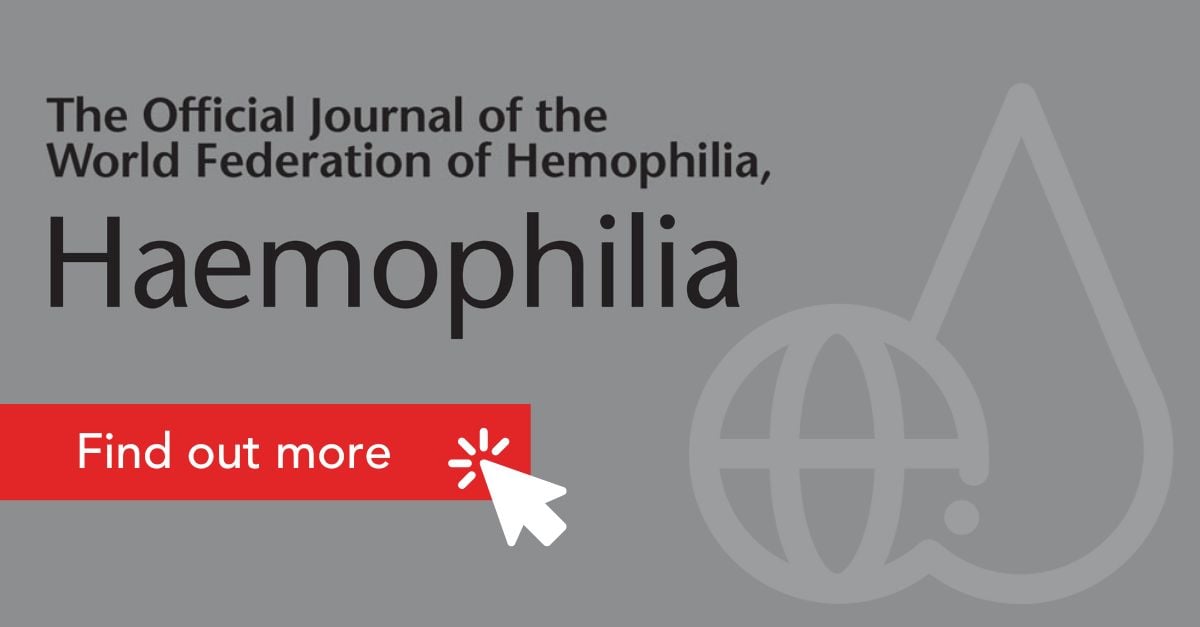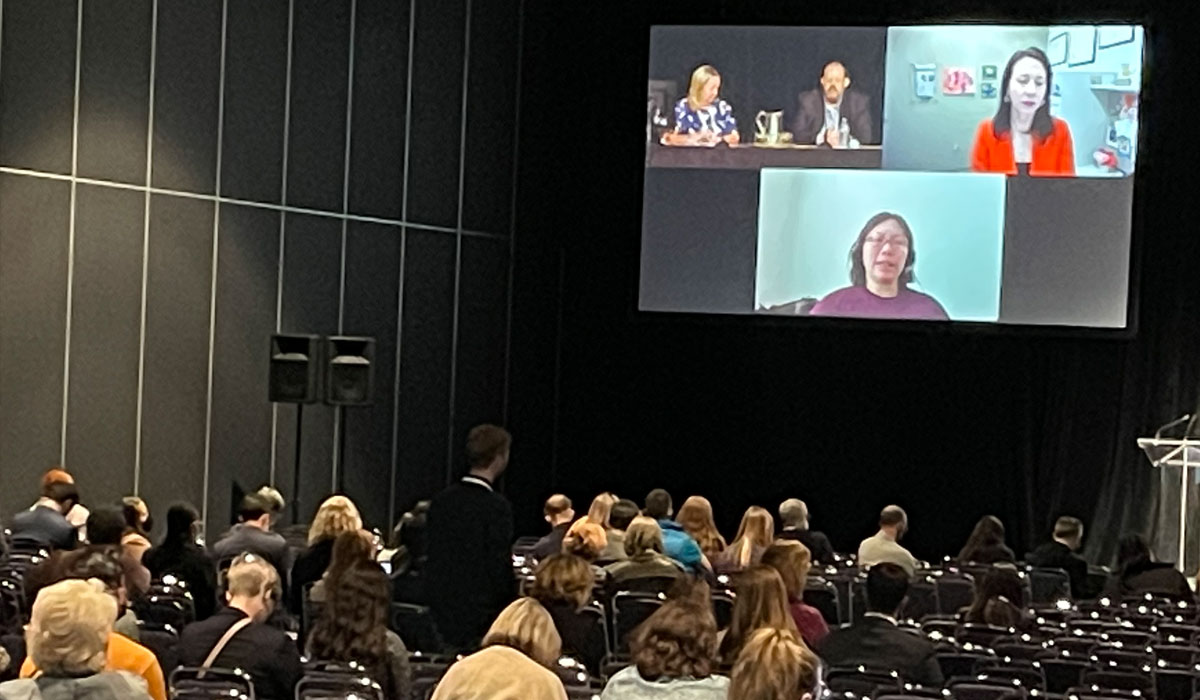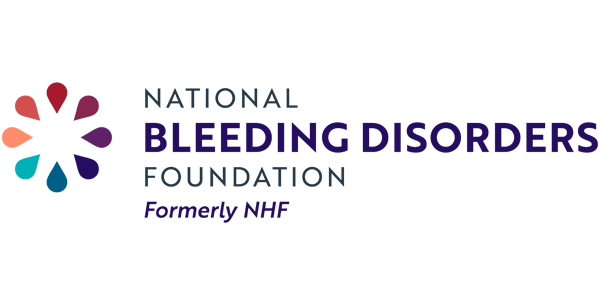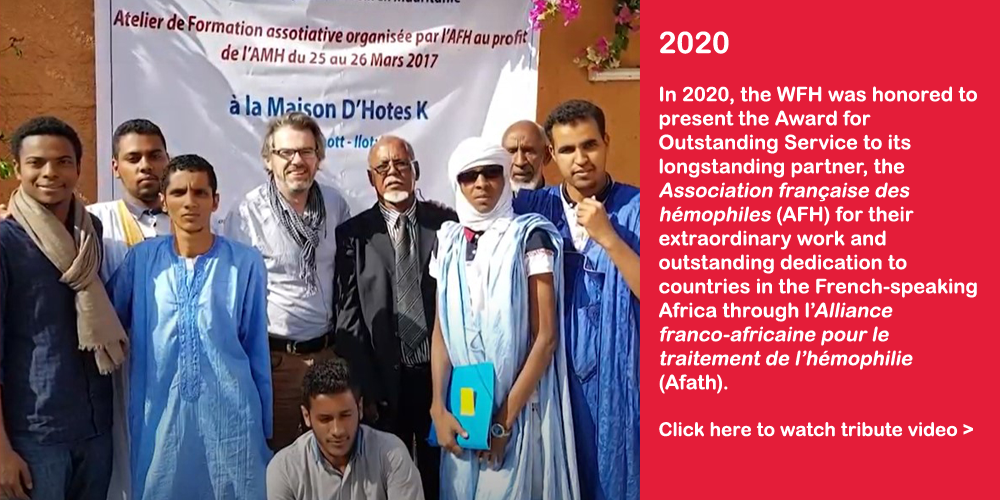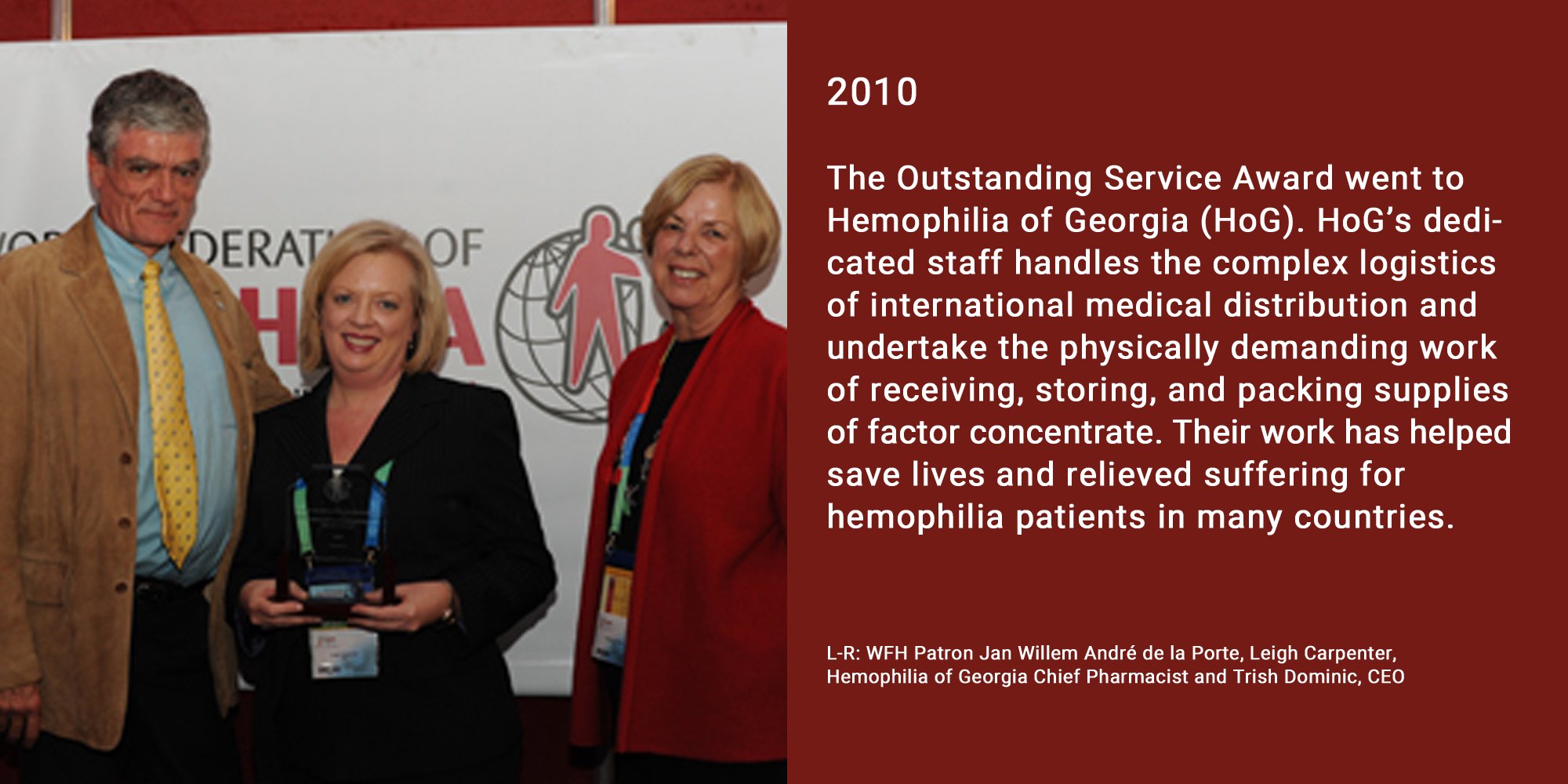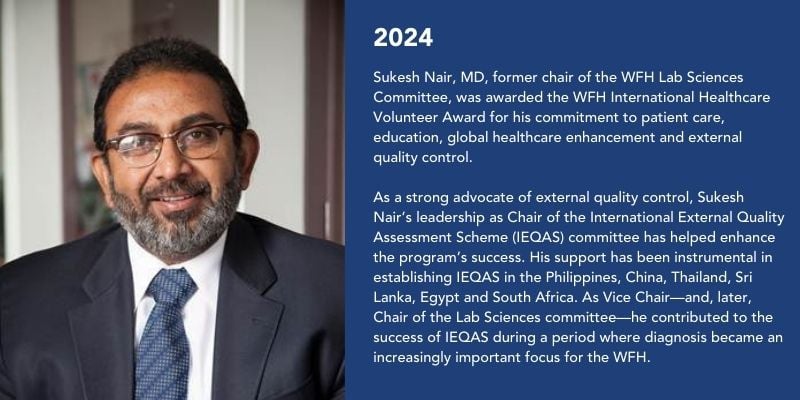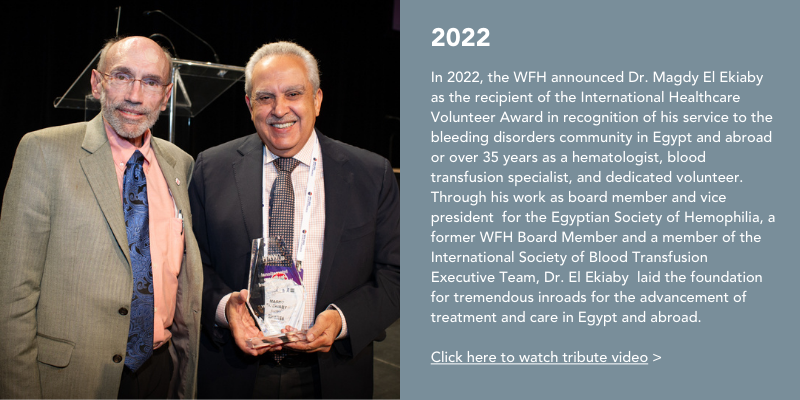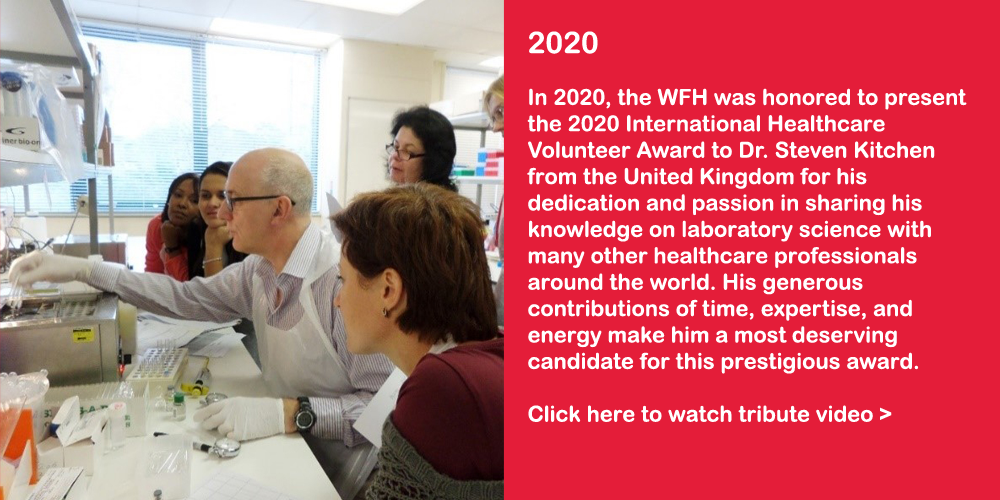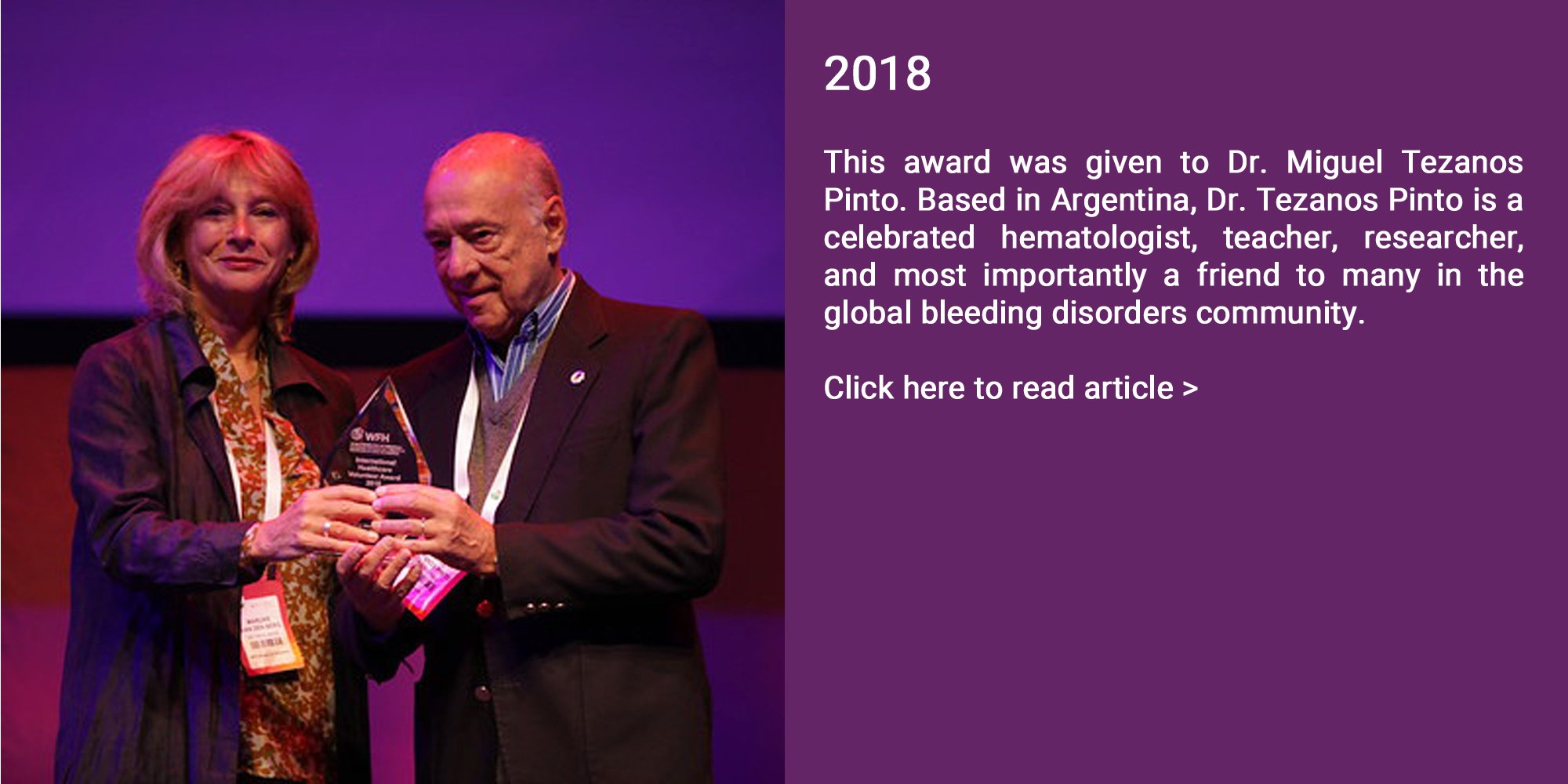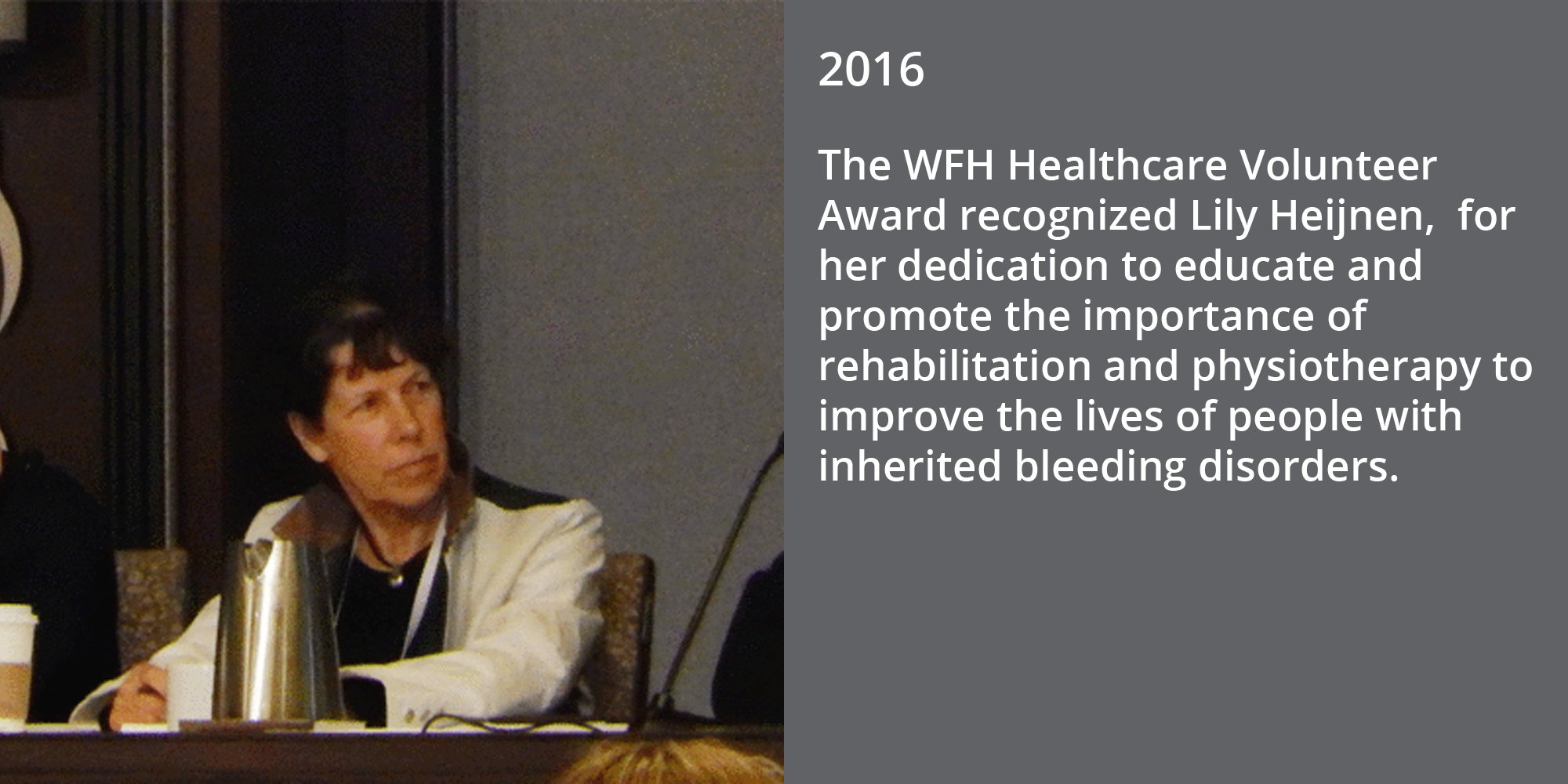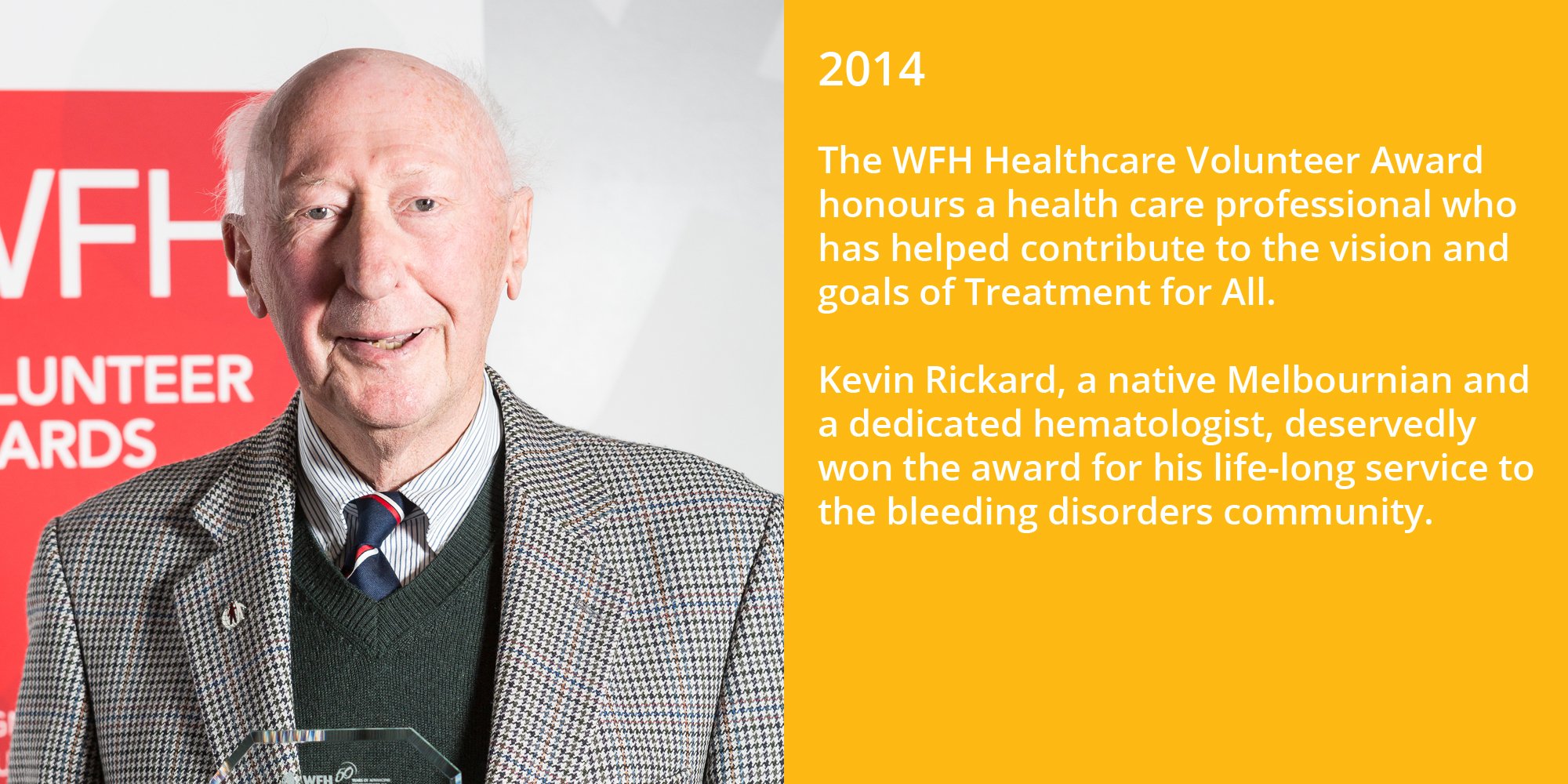The talk was chaired by Kate Khair, Director of Research at Haemnet, London, U.K. The objective of the session was to consider the changing dynamic of living with severe hemophilia after treatment with innovative therapies.
Simon Fletcher, Lead Haemophilia Research Nurse at the Oxford Haemophilia and Thrombosis Centre in the U.K. began the session with, “What PWH [people with hemophilia] tell us about living in the new paradigm of hemophilia treatment”. He found that patients experienced greater freedom, control, reduced burden, reduction in pain and bleed reduction. One patient said, “I was just thinking hopefully this is going to get rid of a lot of the problems for me. Sort of liberating, I think, was the feeling. And I think ultimately that is what it’s done—it’s liberated me.”
“Recognizing women with a bleeding disorder: new diagnosis” was given by Sarah O’Brien, Associate Professor of Pediatrics and Director of Experimental Therapeutics at the Ohio State University, Nationwide Children’s Hospital, in the U.S.A. For women and girls with bleeding disorders (WGBDs), the most reported symptoms were heavy menses, oral cavity bleeding, post-partum hemorrhage, and excessive bleeding after tooth extraction. She said that a major challenge in the care of WGWH is the wide variability in both baseline factor levels and bleeding phenotype. O’Brien explained that, in general, WGWH are more likely to have bleeding symptoms than healthy controls, regardless of factor level. Her recommendation is that stakeholders familiarize themselves and use the ISTH-recommended definitions for WGWH and hemophilia carriers.
Ming Lim, Associate Professor, Division of Hematology and Hematologic Malignancies, at the University of Utah Health in the U.S.A. gave the talk, “Non-factor therapy in persons with acquired hemophilia A and von Willebrand disease”. She said that acquired hemophilia A tends to affect the elderly. Emicizumab is effective for treatment and has been used for as little as 20 days to 10 months. Acquired hemophilia is serious disease, and questions remain about treatment. Fortunately, ongoing clinical trials will answer some if these questions.
Lim also noted that VWD also effectively treated with emicizumab. The standard loading and dose were used for emicizumab, and no adverse events were reported with up to a 12-month follow-up.
